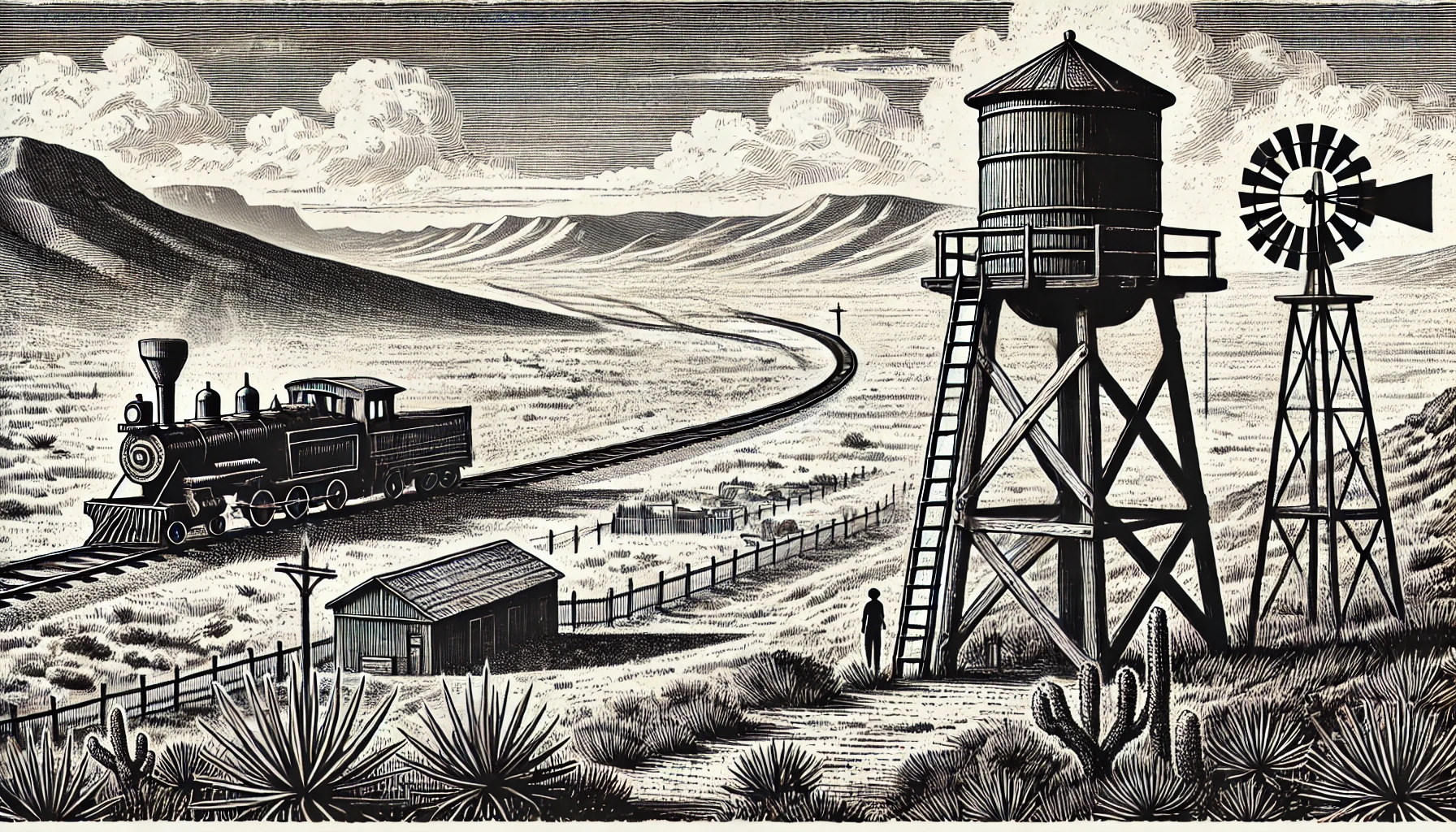Sand Creek Battleground Monument: A Painful Chapter in Native American History

Traveling through Nebraska is often associated with rolling hills, vast prairies, and the majestic Sandhills, but a less familiar chapter in the state's history lies in its tumultuous past with Native American tribes. The Sand Creek Battleground Monument, although technically located in southeastern Colorado, is woven into the fabric of Nebraska's history, particularly in relation to the forced relocation and violence against the Cheyenne and Arapaho tribes. Located approximately 10 miles north of Chivington, Colorado, this site bears witness to the infamous Sand Creek Massacre of 1864.
This turning point in the United States' treatment of Native American tribes originated from long-standing tensions between white settlers and the Cheyenne and Arapaho tribes. Efforts by leaders such as Black Kettle to maintain peace and stability crumbled under pressure from gold prospectors streaming into the Rocky Mountains and encroaching on tribal lands. Seeking to subdue the tribes and protect settlers, the United States military activated the Colorado Territory militia under the command of Colonel John Chivington. Infamous for his cry 'Kill and scalp all, big and little; nits make lice,' Chivington led his men in the early morning hours of November 29, 1864, in a surprise attack on the sleeping encampment of combined Cheyenne and Arapaho tribes along Sand Creek.
The aftermath of the battle revealed ghastly atrocities committed by the U.S. militia: an estimated 150 to 200 members of the tribes, mostly women and children, lay dead in the ravaged campsite. National outrage following the investigation led by Major General John Pope propelled a public inquiry, eventually resulting in public declarations of regret. As part of its commitment to acknowledging its ill-conceived actions against Native American tribes, the U.S. government also dedicated its efforts toward remembrance and atonement. However, historical perspectives toward the Sand Creek massacre reveal conflicting narratives.
The Sand Creek Massacre site has also been at the center of land disputes between the U.S. government and the Cheyenne and Arapaho tribes, concerning official recognition and a lasting memorial. Due in large part to tireless efforts of historians and tribal leaders, the event is recorded in American history books with much of its painful complexity intact. Progress toward reconciliation continued with the 2000 establishment of the Sand Creek Massacre National Historic Site Act. Enshrinement of a more nuanced historical narrative marked a substantial concession toward redemption.
Despite formal recognition, a concrete memorial has yet to be erected on-site. Yet efforts have led to ongoing educational collaborations between the U.S. National Park Service and tribal organizations. Also aimed at healing persistent trauma from past persecution, this cooperation manifests a gradual swing toward inclusivity. Since its conversion to a National Monument in 2007, discussions have encompassed plans for an interpretive memorial.
Physical attributes of the site continue to carry significant importance for people seeking a sense of authenticity while interacting with this history. Archeological investigations on-site turned up remnants that vividly affirm historical statements regarding events at Sand Creek, evoking some humbling moments for visiting academics and the general public alike. While efforts to materialize an elevated understanding have marked this National Monument, the intrinsic spirit of solidarity still hinges on active education about an unpleasant era of human history.
For all intent and purposes, visiting this place denotes an especially unique opportunity for curious travelers, who risk losing this chapter if the scars of Sand Creek are absorbed without much fanfare into the greater topography of U.S. historical drama.
Visitors will benefit from observing nuanced narrative evolution by both the government officials and activists alike, attempting to seek lasting peace at the site of Sand Creek Massacre National Historic Site, located approximately 170 miles south of Ogallala, Nebraska.
This turning point in the United States' treatment of Native American tribes originated from long-standing tensions between white settlers and the Cheyenne and Arapaho tribes. Efforts by leaders such as Black Kettle to maintain peace and stability crumbled under pressure from gold prospectors streaming into the Rocky Mountains and encroaching on tribal lands. Seeking to subdue the tribes and protect settlers, the United States military activated the Colorado Territory militia under the command of Colonel John Chivington. Infamous for his cry 'Kill and scalp all, big and little; nits make lice,' Chivington led his men in the early morning hours of November 29, 1864, in a surprise attack on the sleeping encampment of combined Cheyenne and Arapaho tribes along Sand Creek.
The aftermath of the battle revealed ghastly atrocities committed by the U.S. militia: an estimated 150 to 200 members of the tribes, mostly women and children, lay dead in the ravaged campsite. National outrage following the investigation led by Major General John Pope propelled a public inquiry, eventually resulting in public declarations of regret. As part of its commitment to acknowledging its ill-conceived actions against Native American tribes, the U.S. government also dedicated its efforts toward remembrance and atonement. However, historical perspectives toward the Sand Creek massacre reveal conflicting narratives.
The Sand Creek Massacre site has also been at the center of land disputes between the U.S. government and the Cheyenne and Arapaho tribes, concerning official recognition and a lasting memorial. Due in large part to tireless efforts of historians and tribal leaders, the event is recorded in American history books with much of its painful complexity intact. Progress toward reconciliation continued with the 2000 establishment of the Sand Creek Massacre National Historic Site Act. Enshrinement of a more nuanced historical narrative marked a substantial concession toward redemption.
Despite formal recognition, a concrete memorial has yet to be erected on-site. Yet efforts have led to ongoing educational collaborations between the U.S. National Park Service and tribal organizations. Also aimed at healing persistent trauma from past persecution, this cooperation manifests a gradual swing toward inclusivity. Since its conversion to a National Monument in 2007, discussions have encompassed plans for an interpretive memorial.
Physical attributes of the site continue to carry significant importance for people seeking a sense of authenticity while interacting with this history. Archeological investigations on-site turned up remnants that vividly affirm historical statements regarding events at Sand Creek, evoking some humbling moments for visiting academics and the general public alike. While efforts to materialize an elevated understanding have marked this National Monument, the intrinsic spirit of solidarity still hinges on active education about an unpleasant era of human history.
For all intent and purposes, visiting this place denotes an especially unique opportunity for curious travelers, who risk losing this chapter if the scars of Sand Creek are absorbed without much fanfare into the greater topography of U.S. historical drama.
Visitors will benefit from observing nuanced narrative evolution by both the government officials and activists alike, attempting to seek lasting peace at the site of Sand Creek Massacre National Historic Site, located approximately 170 miles south of Ogallala, Nebraska.
